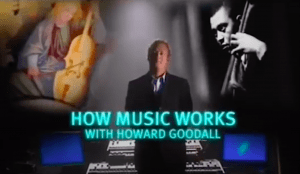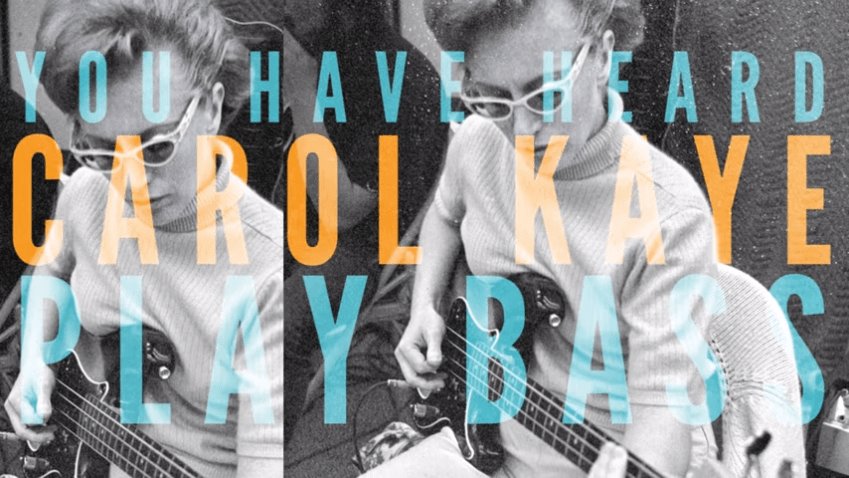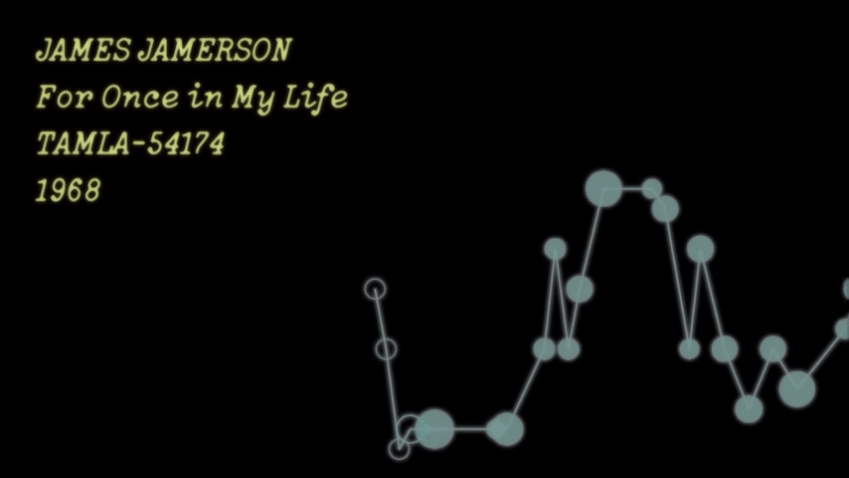SUMMARY
Today we learned about how bass works and I made stuff in SoundTrap again.
CLASSROOM

Watch How Bass Works (47 minutes)
Write notes of topics you want to remember.
-The organ created a desire to make more instrements with a similar sound
-Contrary motion is when the bassline purposefully goes in the opposite direction as the melody.
-Ground bass is a recurring base line
-Inversion is using a note other than the tonic in the bassline
-It wasn’t until the 19th century that bass started to become the star of the show. This started to happen in the waltz
-riffs are “distinctive little nuggets of tune”
LAB
Step 1: Watch How to write Chromatic Notes in Hookpad (some bass lines are based on chromatic scale)

Step 2: Watch 3 ways to use Hookpad’s MIDI drag-drop feature (you can create basslines and more and export to Soundtrap and other DAW – digital audio workstations)

Step 3: Try making a bassline to a chord progress or melody line.
Doing the MIDI file stuff was simple and easy.
PRACTICE ROOM
Step 1: Watch How To Add Bass Notes [Guitar Strumming Lessons] by Tomas Michaud

Step 2: Download the guitar TABS for his exercise (PDF)
Step 3: Practice one of the exercises
Profile in Excellence

- Check out these two videos about amazing bass player Carol Kaye
Profile in Excellence

- Check out these videos about the best bass player, ever, James Jamerson
- What really made James Jamerson so great?
- Visual of James Jamerson’s bass line for the Stevie Wonder song –For Once In My LifeScreenshot from Vulf at YouTube

OUTSIDE / JOURNAL / IDEAS
Choice 1: Explore Carol Kaye and James Jamerson’s Profiles in Excellent. These are two bass players are credited with creating some of the best bass lines! Then go for a walk and think of the funky work they created.
Choice 2: Flip through the Quizlet on Bass Composition Techniques flashcards a couple times.
After playing with Quizlet, go for a walk and think about bass lines. Think of songs that have great basslines. When you are back from your walk, you might want to research more about the notes that make those basslines stand out?

Write a brief reflection on your mental meanderings.
I was very impressed by Carol Kaye and James Jamerson’s work.
STUDIO
Play around with playing the low E string (6th string on the top of the neck) on your guitar. Create a simple three note-ish bassline. Get funky with it. Try different plucking tempos to great the groove. You can even try playing Smoke on the Water

CONTROL ROOM
Record the bass line you developed in the studio.
Well I tried to make a bassline and I’m not sure if I actually did but the end result wasn’t bad.
WHAT I LEARNED and PROBLEMS I SOLVED
Tell your daily story here! Highlight what you learned and enjoyed most and at least one problem you solved. Problem-solving is one of the most important skills you need in life. Employers want to know HOW you get stuff done as much as WHAT you got done.
I learned about bass today. I also worked in SoundtTrap and made something cool. I don’t think I had any problems-or at least any that I can remember.
ACTIVITY EVALUATION
Content (The WHAT)
Rating: OK – 1 – 2 – 3 – 4 – 5 – HIGHLY ENGAGED
Rating: 4
What interested you about the material?
I’m not sure exactly what it was that interested me but I liked it.
Process (The HOW)
Rating: OK – 1 – 2 – 3 – 4 – 5 – HIGHLY ENGAGED
Rating: 3
Which activities engaged you most? Why?
SoundTrap was fun to use but it also got frustrating sometimes because I would run out of ideas and not know what to do.
